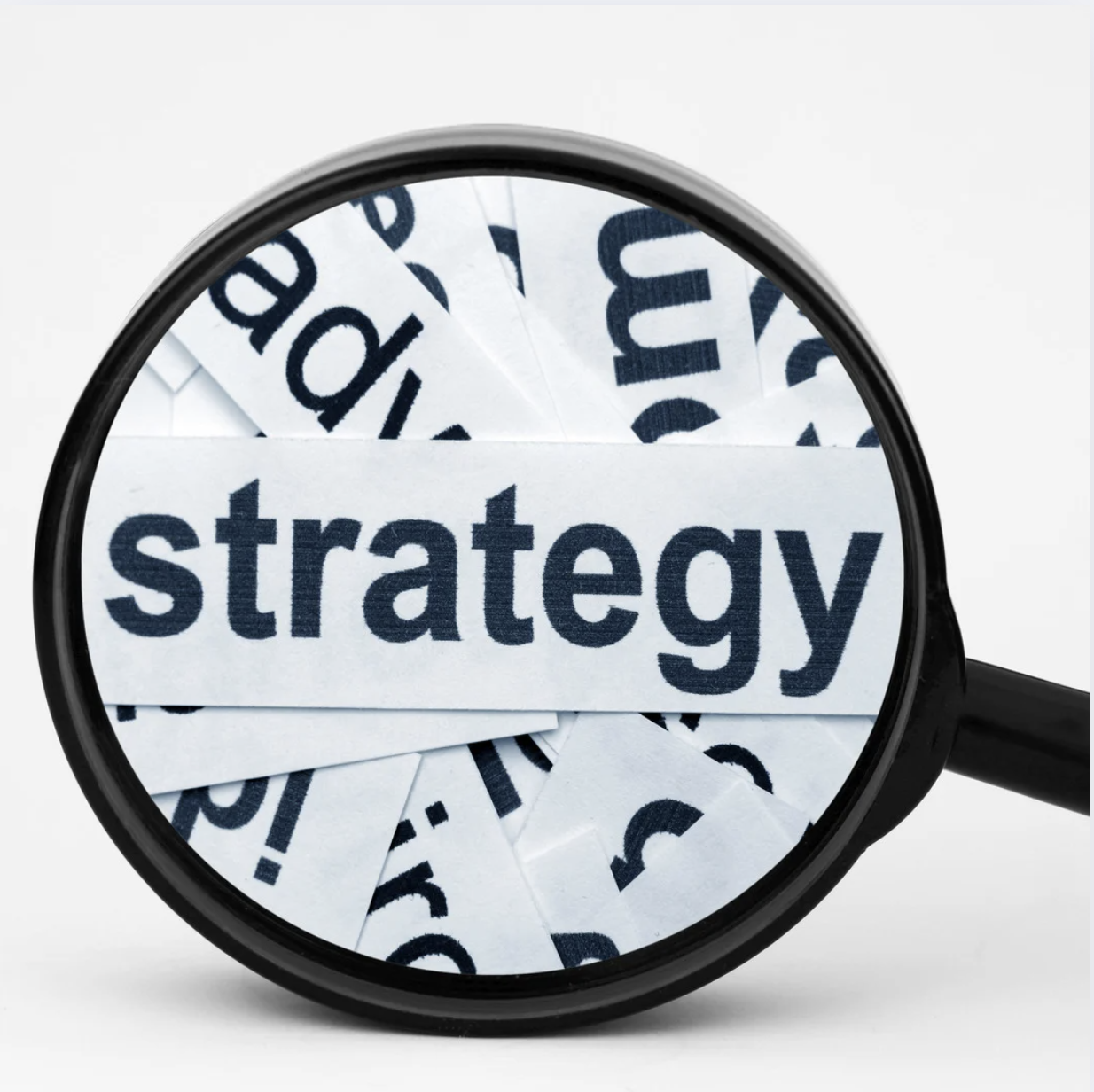For years, CPG food companies have overly relied on price increases to maintain profitability. But with various factors affecting the CPG environment, including rising inflation and, just recently, the reciprocal tariffs imposed by the United States as part of President Trump’s “America First Trade Policy”, this overreliance to price hikes is already not enough to drive organic CPG growth.
Now more than ever, CPG food companies should prioritize a shift to a customer-centric approach for sustainable growth. To do so, one could employ the principles of the Core Business Model.
In this article, we’ll explore the key points discussed by Luke Abbott, CEO of Vdriven, in the masterclass “Get the Core Right: Building the Foundation for Profitable Growth”. We’ll look into effective sustainable growth strategies, also fueled by the understanding of the Core Business Model, COGS optimization, and the development of a compelling brand identity through good packaging.
Understanding the Core Business Model
Luke Abbott developed the Core Business Model in 2019 to help emerging and midsize brands maximize their CPG brand profitability. It aims to minimize spend throughout the company per retail unit sold, or the cost-efficient retail velocity.
The Core Business Model consists of five fundamental elements that CPG food companies must first focus on before spending on marketing:
- Right product at the right time - The right product is one that strategically looks into market demand, rather than just blindly following trends. With the right product and the right timing, you won’t need to chase your customers—they will be the one who will seek out and demand for your product.
- Optimized COGS (Cost of Goods Sold) - Retail pricing can be significantly impacted by production costs. Even just a few cents of increase in COGS can result in a dollar or more increase in retail due to the multiplier effect in the distribution chain.
- Correct retail pricing - The right retail pricing must balance retailer revenue needs with brand margin goals.
- Reliable production/manufacturing - An efficient and reliable production or manufacturing doesn’t just depend on your own processes. This can also mean having an equally reliable co-manufacturing or co-packer for scaling production.
- Effective branding and packaging - Branding and packaging can attract customers and foster emotional connection that can turn them into loyal customers.
A company must prioritize and optimize these core elements for sustainable, long-term CPG growth. The company must also establish CPG brand profitability, and must also focus first on owning a smaller region first before expanding nationwide.
Optimizing Specific Aspects of the Core Brings Cost Savings in the Long Run
Despite requiring a hefty upfront fee, core investment is still a great approach that can drive sustainable CPG growth, because doing it right can bring in more cash over time. When core elements are right, companies spend less on:
- Marketing levers
- PR agencies
- Promotions
- Placement fees/slotting fees
Optimizing COGS
As mentioned above, with a 5 times multiplier effect on the distribution chain, every 20¢ increase in COGS can cause nearly $1 increase in retail price. Thus, optimizing COGS should be a priority, because every penny saved on COGS is valuable in maintaining CPG brand profitability.
Some ideas for improving and optimizing COGS include:
- Inbound logistics - Don’t settle for the first freight carrier you meet, and even if you already found a good rate from an inbound carrier. Constantly optimize, for every penny saved on this aspect can provide significant increases in margins.
- Raw material sourcing - Consider direct sourcing rather than relying on a co-manufacturer for procurement, because your co-manufacturer is also earning margins from inbound procurement.
- Inventory management - Align production with demand.
- Economies of scale - Find a sweet spot between volume discounts and storage costs.
- Tolling - Consider making a co-manufacturer a business partner.
Ensuring Best Packaging and Branding
Products have 3 seconds to communicate value to consumers. In those 3 seconds, your product must already be able to answer the following questions from the consumer:
- Can I see it?
- Do I know what it is?
- Why should I buy it?
Once you have developed your packaging and branding, it’s highly recommended that you test the packaging hypothesis on the following venues:
- Farmers Market
- Local “friendly” retailers
- Regional chains
- In-store demonstrations
- Focus groups
Optimizing Retail Pricing
Generally, retail velocity increases when retails drop. However, when pricing your product, it’s not only consumer demand that you must take into consideration. Optimizing retail pricing is to find a price with good consumer demand, high retail revenue, and high profit margin.
And as Luke Abbott puts it, “I want to make sure that I stay on the shelf, I’m making that category manager happy, I’m making it to people’s mouths, and I’m also maximizing my margin.”
Furthermore, to arrive at an optimal retail pricing, it’s also best to test out different price points and understand competitor positioning; that is, it’s also a good practice to compare your pricing to your competitors.
It’s also important to note that retailer margins are generally at 38 to 43% for larger retailers, while smaller retailers have lower margins. But as a manufacturer, you have limited pricing control towards retailers. You may influence pricing by providing data-driven insights, but ultimately, you cannot impose your desired price and could only suggest.
Case Study: Core-Aligned vs Non-Core-Aligned Company
To further illustrate how properly aligned core elements can help improve CPG brand profitability through less spending, take the case of an almond milk that Luke Abbott worked with. This product was an example of a “core-aligned” company, where core activities include prioritization of product quality improvements, COGS optimization, and an iconic packaging.
Because of these activities, the company can achieve 10% higher profit margins on the same revenue versus its “non-core-aligned” counterpart. This can mean that in the long run, there can be as much as $125,000 profit differential on $1 million in sales for core-aligned companies like that of the almond milk’s, versus non-core aligned CPG food companies. COGS differences can also significantly affect the bottom-line.
Improve CPG Profitability With Vdriven
In conclusion, CPG food companies must start with a strong foundation to ensure sustainable CPG growth. Use the Core Business Model as a guide to help you make informed decisions regarding CPG brand profitability, focusing on and optimizing core elements before marketing and expanding.
At Vdriven, we combine our knowledge and years of CPG industry experience in helping drive sustainable CPG growth for our clients. Our team, led by Luke Abbott, offers exceptional food business consulting services to help our clients achieve their business goals.
Contact us today and let us guide you in implementing the right strategies to stand out within the CPG environment.
Luke Abbott
Luke is a Senior executive, consultant, and entrepreneur with experience in raising capital, accounting, CEO coaching, and retail domination best practices. As the President of Monterrey Provisions, he scaled and grew the company from $32M to $250M+ in revenue, and launched 3 startups along the way. His academic contributions as a Professor of Supply Chain at the University of San Diego have enriched his students with practical insights, preparing them as future business leaders. Currently, as CEO and Coach at Vdriven, Luke helps emerging brands in all aspects of retail.





